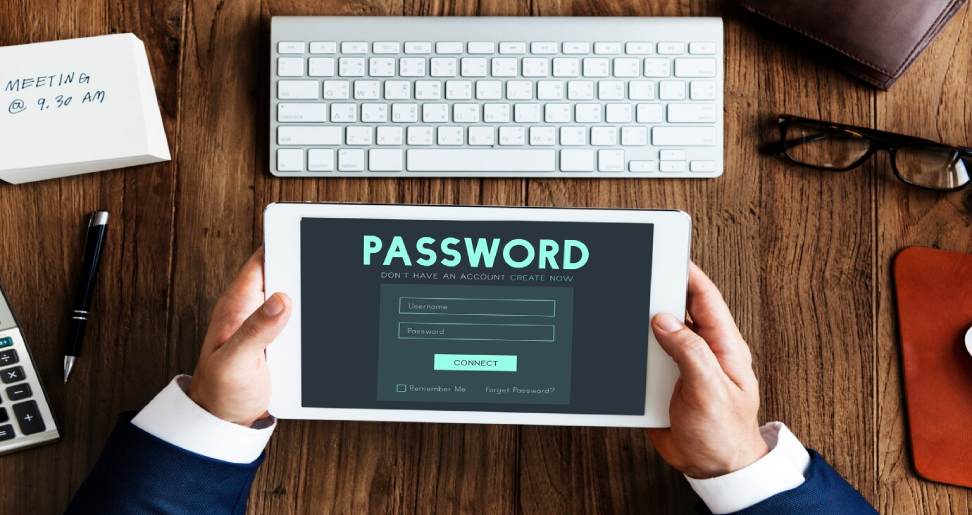In an era where cybersecurity threats loom larger than ever, businesses and individuals alike are seeking innovative solutions to protect their sensitive data. One of the most promising advancements in this field is Passwordless Multi-Factor Authentication (MFA). This revolutionary approach not only enhances security but also simplifies user experience, marking a significant departure from traditional password-based systems.
The Problem with Passwords
Passwords have long been the cornerstone of digital security, yet they come with inherent vulnerabilities. From weak, easily guessable combinations to widespread reuse across accounts, passwords present a considerable risk. Moreover, phishing attacks and data breaches frequently exploit these weaknesses, compromising even the most robustly constructed passwords.
Enter Passwordless MFA
Passwordless MFA offers a compelling alternative by eliminating the reliance on static passwords altogether. Instead, it combines two or more independent factors for user authentication. These factors typically include:
- Something You Have: Such as a registered device (like a smartphone) or a security key.
- Something You Are: Biometric markers like fingerprints or facial recognition.
- Something You Know: A PIN or a temporary code sent to a trusted device.
By leveraging these factors, Passwordless MFA significantly raises the bar for security. Even if one factor is compromised (for example, a password leaked through a data breach), the others remain intact, ensuring that unauthorized access is thwarted.
Advantages of Passwordless MFA
- Enhanced Security: By combining multiple factors, Passwordless MFA mitigates the risks associated with passwords alone.
- Improved User Experience: Users no longer need to remember complex passwords or worry about resetting them. This streamlined approach reduces friction while enhancing security.
- Scalability and Flexibility: Passwordless MFA can be implemented across various devices and platforms, catering to diverse user needs without compromising security standards.
Implementation Challenges and Considerations
Despite its advantages, implementing Passwordless MFA requires careful planning:
- Compatibility: Ensuring compatibility with existing systems and applications.
- User Adoption: Educating users about the benefits and usage of Passwordless MFA.
- Backup Plans: Implementing fallback mechanisms in case of device loss or technical issues.
Future Outlook
As technology evolves, Passwordless MFA is poised to become the new standard in authentication. Industry leaders and regulatory bodies are increasingly endorsing this approach as a critical step towards enhancing cybersecurity posture globally.
Conclusion
In conclusion, Passwordless Multi-Factor Authentication represents a pivotal shift in how we approach digital security. By moving beyond passwords and integrating multiple authentication factors seamlessly, organizations and individuals alike can fortify their defenses against evolving cyber threats. Embracing Passwordless MFA not only safeguards sensitive information but also simplifies the user experience, marking a significant leap towards a more secure digital future.
In this rapidly evolving digital landscape, the adoption of Passwordless MFA isn’t just a choice; it’s a strategic imperative for safeguarding data integrity and fostering trust in our interconnected world.
Read Also:
- Is Homebuilding A Good Career Path?
- Is packaged Foods A Good Career Path?
- ‘Rich Is Evil’: Elon Musk Blames LA School For Brainwashing Communist Daughter

